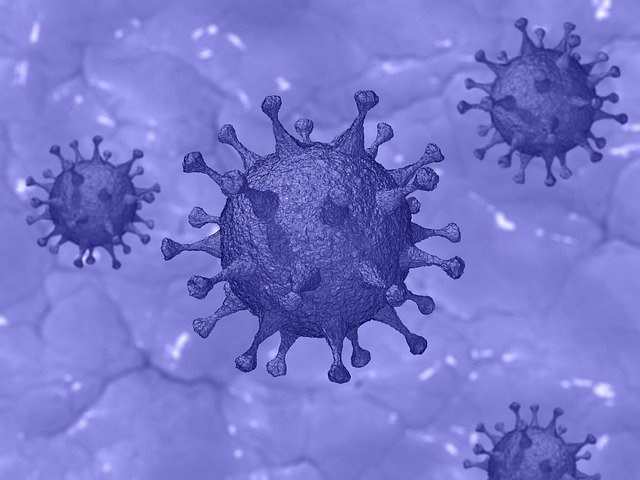Officials from Saskatchewan Health Authority shed some further light on the health care system’s response to COVID-19 in the North region.
The SHA outlined on Wednesday their intentions to respond to the pandemic based on a strategy of “contain, delay, mitigate and population health promotion,” as well as a variety of “offensive” and “defensive” responses.
In the SHA’s response to the pandemic, the Battlefords and surrounding area are grouped in to the Integrated Northern Health area. For the News-Optimist coverage area, the intention is for hospitals in North Battleford, Lloydminster and Meadow Lake to be mixed-cohort hospitals including both COVID-19 and other patients. Hospitals in Unity, Maidstone, Turtleford and Loon Lake are among those designated for non-COVID-19 patients only.
Officials were asked what their plans were to ensure there was no mixing of COVID-19 and non-COVID-19 patients in those mixed hospitals.
Andrew McLetchie, Vice President with Intergrated Northern Health, said their “main strategy is to try and ensure we have plans with our staff and our physicians to dedicate our resources to both groups, and to separate the groups in those hospitals.” The appropriate use of equipment is included in this.
McLetchie also said they are looking at the flows within the hospitals, to make sure staff are not connecting with each other in buildings where they could risk infection.
Officials were also asked why there were no specific COVID-19-designated hospitals north of Saskatoon.
The rationale, said McLetchie, was that the facilities like the one in the Battlefords, Prince Albert and Lloydminster were quite large and served diverse populations. It was felt within those facilities they “were able to separate the patients and staff effectively to not create cross-contamination.”
There was also a question about the logistics of moving patients to Saskatoon if necessary. McLetchie said a provincial group is looking at care pathways in the province and determining the best ways to approach this. Ultimately the patient would be transported by ambulance with appropriate care staff with them, with physicians providing the advice.
There were also questions about the response to remote fly-in communities. McLetchie said they have been working with EMS providers on the strategy for it, and it will be a mixture of land-based and flight-based EMS that would respond to those communities.
They would do their best to address the needs as close to home as possible but if transport is required “to definitely put in place the right people.”



